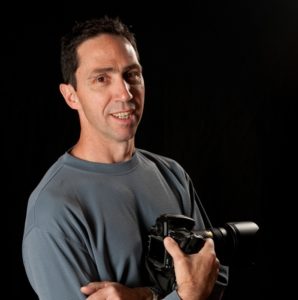Last year, suicide was the second leading cause of death of Canadian youth between the ages of 10 to 24, surpassed only by motor-vehicle-related deaths. But while it’s one of the biggest issues facing society today, suicide and suicide prevention still remains vastly untouched by education, media, governments, and even parents at home. Scott Chisholm hopes to change that.
Chisholm is bringing the Left Behind by Suicide presentation to Camosun this month. He says it’s more than a prevention talk and it’s aimed at helping people to pass that first mental block and be able to talk about suicide.

“Students can expect to hear many things at my presentation,” says Chisholm. “I’ll talk about losing my father to suicide, and they’re also going to hear about what I believe is the power of storytelling with stories from people who have lost loved ones due to suicide. They’ll also learn that I’m a first responder, I’m not an academic, and that all I’ve had was my story. I want people to be able to talk about suicide without the fear of it. There are a number of medical teaching institutions around Canada that don’t even talk about suicide with their students.”
Although there has been progress in removing the stigma around talking about suicide and in providing aid for those at risk, Chisholm says that not enough has been done, and that often the media doesn’t do enough to help further these efforts.
“We’re still very scared to talk about suicide,” he says. “I think what often happens is that it gets talked about when people die. For example, we can refer to Robin Williams, any of the other artists who have recently died, or when a young person dies in a community, that’s when a big push is put on, but that’s grief. People are acting emotionally, which is the right thing to do, but the focus is on people who died. The push should be on acknowledging people who are at risk and, honestly, that could be an entire population.”
Chisholm says that a complete overhaul of the education system across different sectors would be an ideal change that would benefit everyone.
“What we want to do is make it people’s issue before it becomes an issue,” he says. “When we look at, say, teacher training, we look at putting tools in the class and how teachers can be taught topics like CPR, how to recognize someone with thoughts of suicide, ask them about it, keep them safe, and connect them with resources. When we put those tools in place, it becomes not that we’re waiting for crisis, it becomes a gradual behavioural change and something that they can help bring awareness to with, say, the child’s parents at a parent-teacher interview. That, to me, is what suicide prevention is.”
Left Behind by Suicide
6 pm Tuesday, October 10
Free, Young 216, Lansdowne campus
leftbehindbysuicide.org
